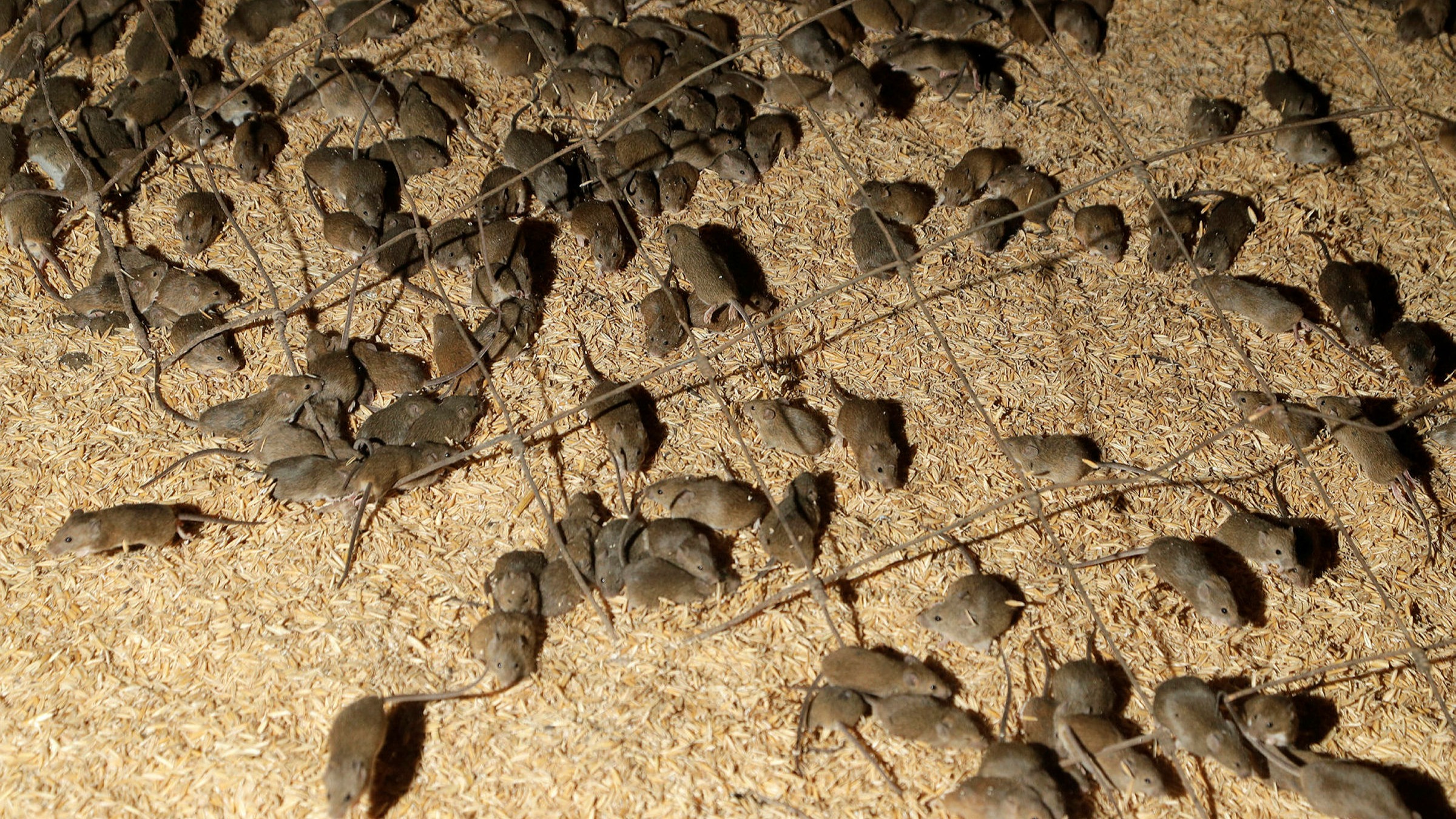



Article by: Hari Yellina
Farmers and rural communities are being encouraged to act now to avert a spring rodent breeding boom, with the memories of last year’s mouse plague still vivid in their minds. High mouse numbers, as well as a “major epidemic” in Western Australia, are being reported in the eastern states. While it would be “rare” to see mouse levels at plague rates again this year, CSIRO expert Steve Henry believes it is feasible if control measures are not done. He claimed that taking preemptive actions now would assist protect valuable crops by reducing the spring breeding population base. Mr Henry explained, “Obviously, there are some pretty high-value crops being sown right now, notably canola crops, and it’s absolutely vital to safeguard those crops.”
“However, safeguarding those crops has the extra benefit of reducing [mouse] numbers as we approach winter.” “This could affect population overwinter survival, meaning that when they start breeding again next spring, they will be breeding from a smaller population base and the pace of increase will be slower.” Mr Henry estimated that 200 mice per acre may be found in one active burrow of 100 square metres. “If you assume there are two mice per active burrow… and we know mice have six to ten kids every 18 to 21 days, you’re not far away from a significant problem if you have 200 mice per hectare.” Farmers should bait as soon as possible, according to Mr Henry.
“Bait, monitor, watch for indicators of damage, monitor to make sure you received a decent outcome with your baiting effort, and bait with the 50 gramme zinc phosphide if possible.” Mr Henry said there had been minimal reports of mouse activity in Central West NSW, which had been heavily hit by the plague previous year. “It’s been extraordinarily rainy in that area, and I know farmers are just waiting for the country to dry out enough to seed it,” Mr Henry added. “We might start to get more reports as the crop starts to go in.” The Grains Research & Development Corporation website sells chew cards to track mouse behaviour, and sightings can be reported to the MouseAlert website.
After the drought, the mouse epidemic of 2020-2021 decimated farms, and not even floods could stop the mice’ assault. “I believe farmers are being far more attentive this year than in previous years, just because they were so badly damaged last year,” Mr Henry added. North-west Xavier Martin, a grain planter and NSW Farmers vice president, said no one wants a recurrence of last year’s drought. “On some farms, there was hundreds of thousands of dollars in damage,” Mr Martin added. “Just enough activity to keep farmers aware,” Mr Martin added. “At the moment, we’re lucky in that we don’t have any out-of-control locations that we’re aware of, but we can only keep that status by remaining watchful and responding.” “Being cautious and monitoring is crucial to preventing the spread of the disease. “And that’s something we don’t want to happen again.”